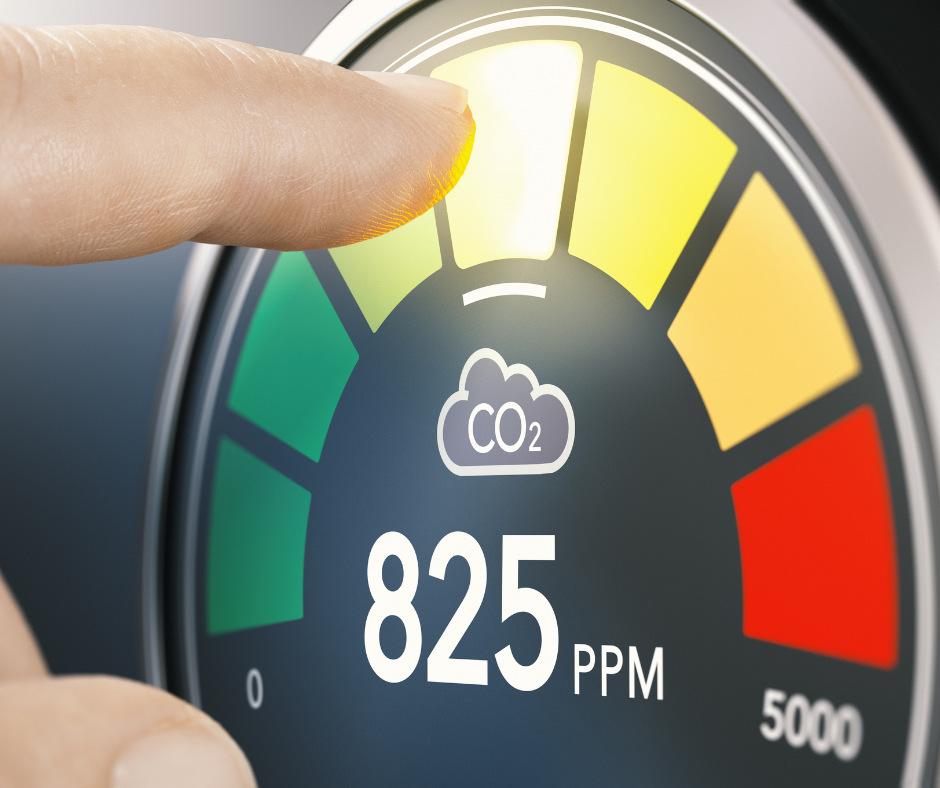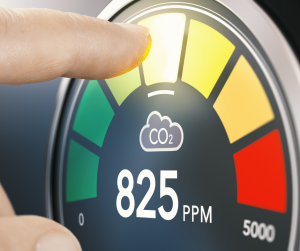Indoor Air Quality Tips: Staying Safe During Wildfire Season
- July 9, 2023
- Posted by: Atel Air
- Category: Home, Home Comfort, HVAC System Advice

 As wildfire season continues to ravage parts of the country, it’s important to take steps to protect your family from the hazardous smoke and poor indoor air quality. Wildfire smoke contains a mixture of gases and fine particles that can cause serious health problems, especially for those with existing respiratory issues. Fortunately, there are a few simple steps you can take to protect yourself and your family during this time.
As wildfire season continues to ravage parts of the country, it’s important to take steps to protect your family from the hazardous smoke and poor indoor air quality. Wildfire smoke contains a mixture of gases and fine particles that can cause serious health problems, especially for those with existing respiratory issues. Fortunately, there are a few simple steps you can take to protect yourself and your family during this time.
Understanding Wildfire Smoke
Wildfire smoke is a serious health concern that can have harmful effects on both indoor and outdoor air quality. When wildfires occur, the smoke generated can travel long distances and infiltrate homes, making it crucial to understand its composition and potential risks.
Wildfire smoke is a complex mixture of gases and fine particles, including carbon monoxide, nitrogen oxides, volatile organic compounds (VOCs), and delicate particulate matter (PM2.5). PM2.5 refers to particles smaller than 2.5 micrometres in diameter, which can easily penetrate deep into the respiratory system when inhaled.
Exposure to wildfire smoke can cause a range of health issues, especially for individuals with pre-existing respiratory conditions, the elderly, and young children. Symptoms may include coughing, wheezing, shortness of breath, chest pain, and throat irritation. Prolonged exposure can exacerbate these symptoms and even lead to more severe respiratory problems.
It’s important to note that even if you can’t see or smell the smoke indoors, it doesn’t necessarily mean you’re safe. Fine particles can remain suspended in the air for long periods, making it essential to take necessary precautions to protect yourself and your family.
Indoor Air Quality Risks
During wildfire season, one of the biggest concerns is the impact of wildfire smoke on indoor air quality. The smoke from wildfires can contain harmful pollutants such as carbon monoxide, formaldehyde, and volatile organic compounds (VOCs). Breathing in these pollutants can lead to various health problems, including respiratory issues, eye irritation, and cardiovascular problems.
Exposure to wildfire smoke indoors can lead to long-term health effects, so it is important to minimize exposure as much as possible. Keeping windows and doors closed is an effective way to prevent smoke from entering your home.
Another indoor air quality risk during wildfire season is the accumulation of dust and soot inside your home. These particles can settle on surfaces and furniture, leading to potential respiratory irritation. Regularly cleaning and dusting your home can help to minimize the build-up of these particles.
Tips for Improving Indoor Air Quality during Wildfire Season
- Keep windows and doors closed: This might seem obvious, but keeping your doors and windows shut during wildfire season is essential. This will prevent smoke from entering your home, so your indoor air quality won’t be compromised.
- Use an air conditioner: If you have an air conditioner, use it instead of opening windows. This will help to filter the air and remove smoke particles.
- Change air filters regularly: If you have central air conditioning or a furnace, make sure you change the filters regularly. This will help to keep the air circulating in your home clean.
- Keep humidity levels low: Smoke particles can cling to moist surfaces, so it’s important to keep humidity levels low. Use a dehumidifier if necessary.
- Keep pets clean: Smoke particles can cling to pet fur, so keeping your pets clean during wildfire season is essential. Brush them regularly and give them baths if necessary.
By following these tips, you can help improve the indoor air quality in your home during wildfire season. Remember to prioritize your health and safety; if the air quality outside is severe, it’s best to stay indoors and limit your exposure as much as possible.
Consider Getting an Indoor Air Purifier Installed
One effective solution to improve indoor air quality during this time is to consider getting an indoor air purifier installed.
An indoor air purifier is designed to filter out airborne pollutants and particles, including smoke, dust, and other harmful contaminants. These devices use advanced filtration systems, such as HEPA filters, activated carbon filters, and UV germicidal technology, to trap and eliminate air pollutants.
By installing an indoor air purifier, you can significantly reduce the amount of smoke and other harmful particles that enter your home. This is especially crucial for individuals with respiratory conditions, allergies, or compromised immune systems, as they are more susceptible to the health risks associated with wildfire smoke.
When choosing an indoor air purifier, it is important to consider the size of your space and the specific filtration needs. Look for purifiers with high CADR (Clean Air Delivery Rate) ratings, as they indicate the purifier’s effectiveness in removing smoke particles from the air. Additionally, consider features such as programmable timers, air quality sensors, and noise levels to ensure the purifier fits your lifestyle.
By considering the installation of an indoor air purifier, you are taking an active step in protecting yourself and your family from the harmful effects of wildfire smoke. Remember, prioritizing your health and well-being is essential, especially during these challenging times. Stay safe and breathe easy with improved indoor air quality.


